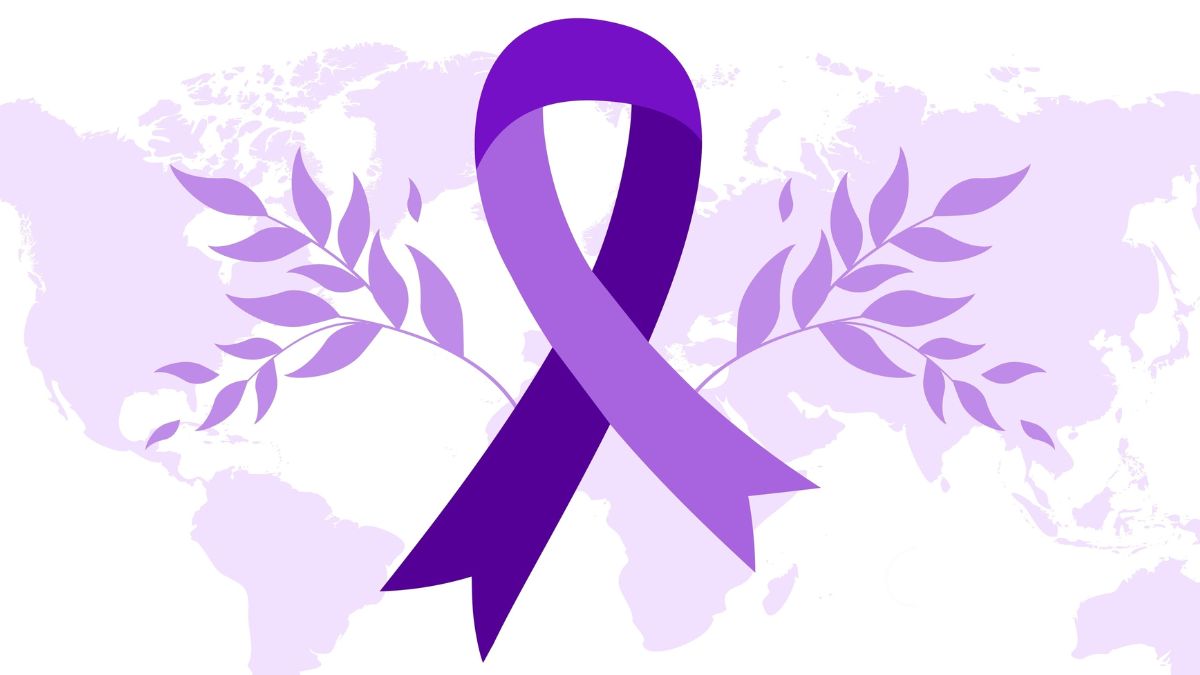Some must-discussed matters must remain on the down-low in India, a mentality that the country is plagued with today. On this Purple Day, we advocate for increased awareness of epilepsy, a disease characterised by seizures that is frowned upon in India.
The stigma surrounding epilepsy stems from the age-old belief that those affected were “possessed by the devil” or under the influence of some “supernatural force”. At vulnerable times when individuals needed help, they were locked away in mental asylums instead.
Epilepsy, a chronic neurological disorder that results in abnormal brain activity that leads to seizures, is a disease that needs increased support from the public. Around 50 million individuals suffer from epilepsy globally, of which 10 million reside in India, making up 1% of the Indian population. It is interesting to note that most epileptic patients come from low- to middle-income families or developing countries, but why is that? According to Science Direct, the primary reasons for epilepsy in these regions are head injuries due to unsafe environments, perinatal injury, or central nervous system infections, more common in rural areas.
Treatment does exist for epilepsy in the form of antiepileptic drugs but this is more accessible among higher-income families. This is due to ease of access to medical care and also lower social stigma faced in the areas. According to the medical research website, 75 per cent of rural patients with epilepsy go untreated, primarily due to the stigma attached to illness and the lack of medical equipment and expertise available to treat the same.
What causes epilepsy? While social factors play a role, many cases of epilepsy are hereditary and passed down from the family. Developmental disorders like neurodegenerative diseases and autism can also trigger epilepsy.
How can we increase awareness?
Educating yourself: Find out more about epilepsy, understanding the topic rather than simply brushing over it. Read case studies and real-life experiences of people who have and/or are experiencing the same.
Spreading the word: At a time when social media is prevalent, raising awareness for epilepsy should not be challenging. However, it is imperative that you educate yourself on the subject thoroughly beforehand.
Wear purple: If you prefer to silently advocate for the disease, consider wearing purple. The colour, while it is a symbol for many things, is also an internationally recognised colour used to support victims of epilepsy, especially today (March 26).


